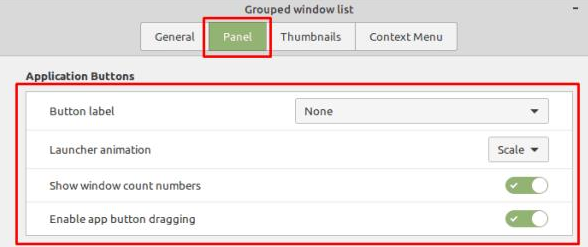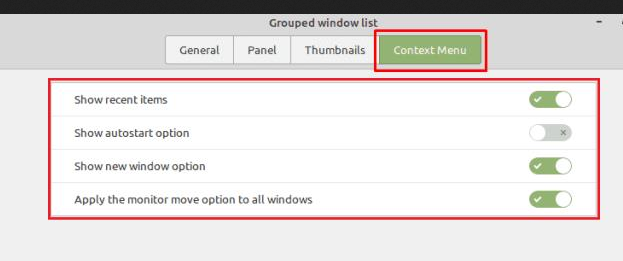Linux Mint: How To Configure The Window List Applet
When you use Linux Mint, you can view and switch to your open programs using the bottom bar. By default, the process is very similar to Windows, but there are a wide variety of configuration options you can use to change the behavior of the window list applet.
To manage installed language packs in Linux Mint, press the Super key, type “Applets” and press Enter.
Tip: The “Super” key is the name many Linux distributions use to refer to the Windows key or the Apple “Command” key, avoiding any risk of trademark issues.
Press the Super key, type “Applets” and press Enter.
Once you’re in the applet list on the default “Manage” tab, scroll down to “Grouped Window List” and click the gear icon on the right to configure the applet’s settings.
In the applet list, click the gear icon for “Grouped window list”.
On the “General” tab you can configure the behavior and keyboard shortcuts, options. The behavior options let you configure whether windows from the same application are grouped together, whether the scroll wheel moves between applications or windows, what left and middle clicks do, and whether you only see open windows in your current workspace.
The “Hotkeys” options allow you to configure a keyboard shortcut for browsing window previews. You can also configure a shortcut to show the numerical order of the apps in the list, how long those numbers are displayed, and whether you can switch or open the respective app by pressing the corresponding number key in combination with the super key.
You can configure the behavior and options of hotkeys in the “General” tab.
The “Panel” tab is used to configure application buttons in the window list. “Button Label” allows you to set an application or window title to appear in the bottom bar next to the application icon. “Launcher Animation” allows you to choose the animation used for the launcher. “Show window count numbers” activates a small counter in the app icon that shows how many windows of that app are open. “Enable app button drag and drop” allows you to click and drag app icons to change their order.
You can configure the application buttons in the “Panel” tab.
The “Thumbnails” tab allows you to configure the thumbnail and “Hover Peek” options. In the thumbnail settings, you can enable the scroll wheel to cycle through windows, enable or disable thumbnails completely, animate thumbnails, and choose between displaying thumbnails horizontally or vertically. You can also configure how the thumbnails are ordered, whether the most recently used window is automatically highlighted, whether and how quickly thumbnails open automatically, and how large the thumbnails are.
The “Hover Peek” setting allows you to configure whether you can see the window when you hover over its thumbnail, how long you have to hold the mouse over the thumbnail to trigger the peek effect, how quickly the window disappears. and how opaque the peep window appears.
You can configure the thumbnails and “Hover Peek” settings in the “Thumbnails” tab.
The “Context Menu” tab allows you to configure the options available when you right-click on the application icon. “Show recent items” allows you to view recent items, such as documents, in supported applications. “Show auto-launch option” allows you to set the app to automatically launch from the right-click menu. The “Show new window” option will insert the option to open a new window of the respective application, if such a button is not already present. “Use monitor move option on all windows” allows you to choose whether you want to move all application windows or just the most recently used window, provided you have a second monitor.
The “Contextual Menu” tab allows you to configure some of the options available when you right-click on an application icon.






